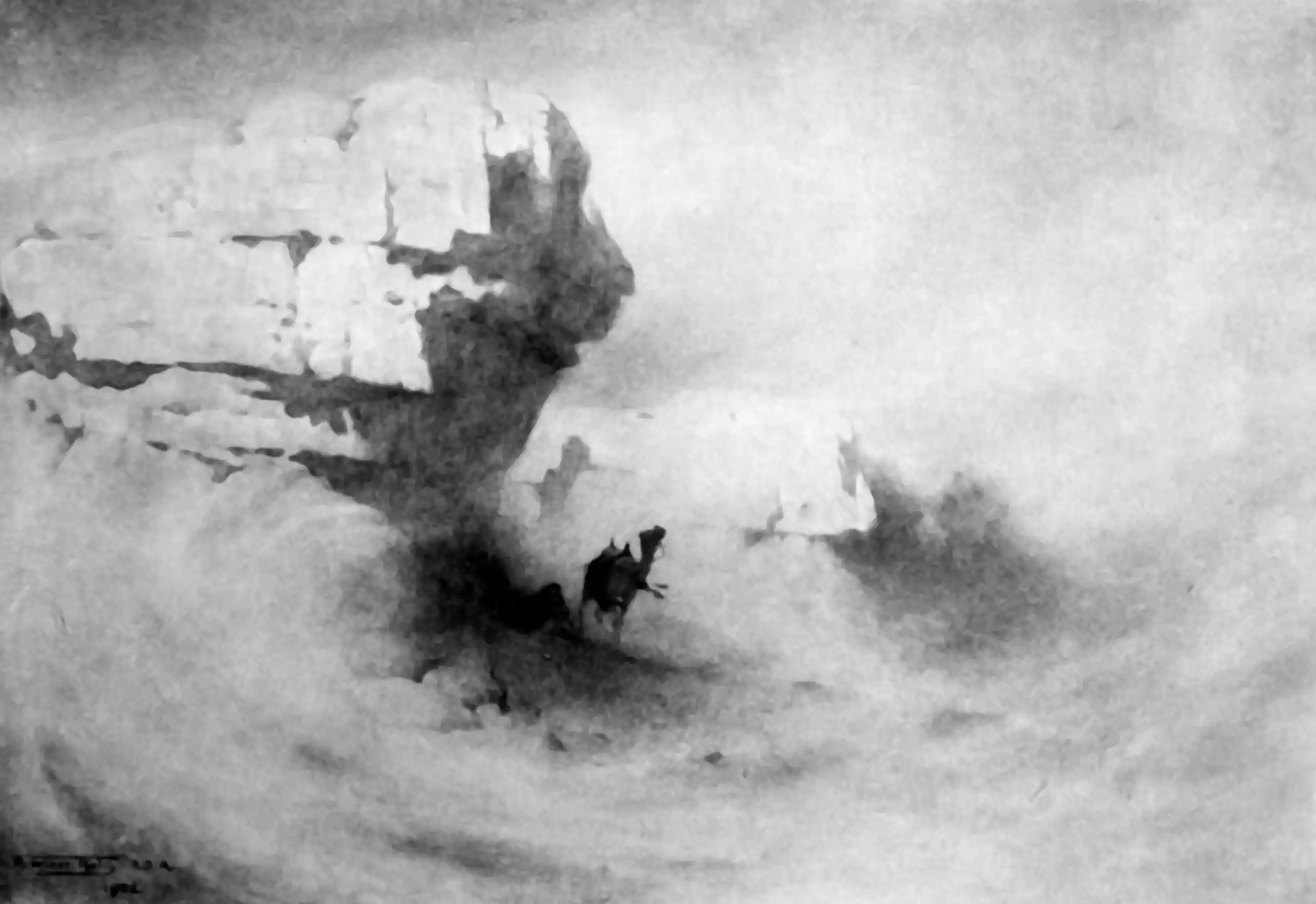Blind deconvolution
2015-03-01 — 2016-07-27
Wherein blind deconvolution is presented as the simultaneous recovery of a signal and its unknown blur, and the case of reconstructing an instrument and its church echo from one recording is treated.
Simultaneous deconvolution and system identification. Deconvolving a signal without knowing what it was convolved with (how blurry it is or what kind of blur it was). Say, reconstructing the pure sound of an instrument, and the sound of the echo in a church, from a recording made in a reverberant church, without knowing which church it was.
If you can find some way of making your problem linear-ish, and your signal is “sparse”, this turns out, amazingly, to be sometimes tractable.
🏗 cite Vetterli’s grad student, name TBC.
- Blind Image Deblurring With Unknown Boundaries Using the Alternating Direction Method of Multipliers
- Analysis Operator Learning and Its Application to Image Reconstruction
- Image Deconvolution using Sparse Regularization
